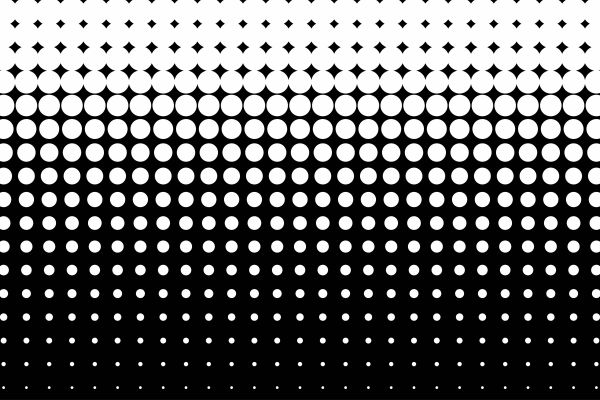
Apophenia
Humans look for patterns and try to apply meaning when there is none. We want to connect the dots even when information or data are completely unrelated or random. When meaningless things are significant, existence feels special. Apophenia is a broad concept involving pattern perception in anything from the sequence of numbers in lottery wins to a pattern in statistical data.
Earlier descriptions of apophenia, also called patternicity, appeared in the literature in the 1950s by the German psychiatrist and neurologist Klaus Conrad. The term is the Greek "apo" for away, and "phenia" for display. Conrad described apophenia in psychotic patients who had perceptual distortions. Apophenia is not a disorder or a mental illness, it is a normal and common human experience.
We want the patterns we see to fit together—this gives the universe order and a feeling of comfort. We prefer things to happen for a reason; ambiguity can bring uncertainty and anxiety. The brain itself is geared for pattern recognition, looking for structure and organization out of chaos and randomness. Spotting a pattern is a basic survival mechanism—don’t eat the plant with the dots, it will kill you.
We look for and interpret information that conforms with our preexisting beliefs. We may even be selective with the data we receive, remembering only the details that confirm what we feel to be true.
Even though events may be random, people like winning streaks—such a streak may be identified as a clustering illusion. This applies to situations such as the stock market, where we seek patterns in the fluctuations.
People have a tendency to look for patterns when gambling. When the roulette wheel spins, the gambler may be open to any pattern they can detect to guide their choices. Also involved is the gambler's fallacy, thinking that previous outcomes influence results in the future.
A person inclined to believe conspiracies may tie together unrelated information and events, weaving together a narrative that is in line with what they perceive as truth. Confirmation bias may be involved in this as well.
Some people also experience auditory patterns, where voices are heard in random noise, such as that of a running washing machine. People sometimes hear subtle voices when the wind blows. Hearing patterns in sounds, however, does not mean the person is psychotic.
Pareidolia is a form of apophenia, where we see images in random objects such as a face in a tree burl or Christ in a smudge on the wall. Without rationale, we add out-sized meaning to these arbitrary likenesses.
Apophenia characterizes the thinking of many individuals with schiozophrenia, schizotypy and other schizophrenia spectrum disorders. Variations in dopamine signaling pathways in these disorders render many experiences salient and meaningful. This is why people with schizophrenia are said to receive "messages" from seemingly random data. But apophenia is also measured in the general population among those who are high on the trait of absorption-they are easily captivated by information.
Data analysis in the form of pattern recognition is used when analyzing images, sounds, and other regularities in data. Identifying speech patterns, for example, is part of voice-activated apps like Siri.




